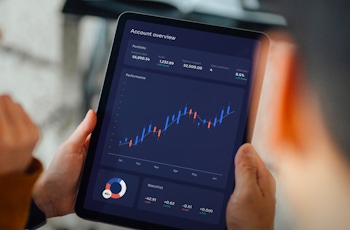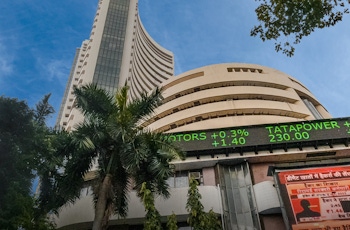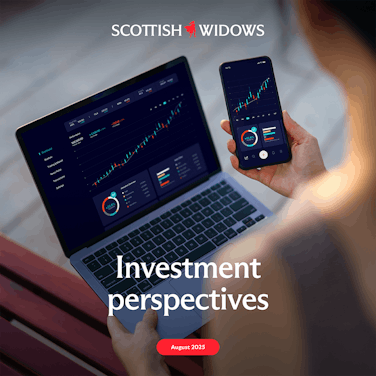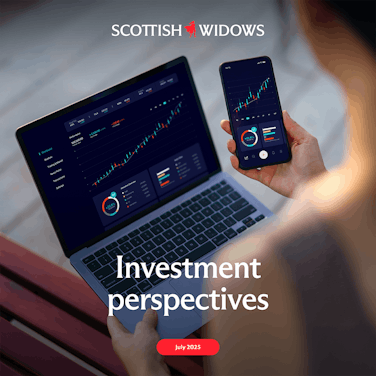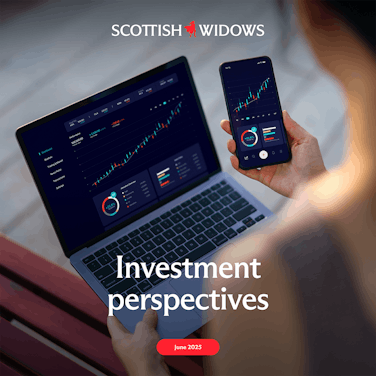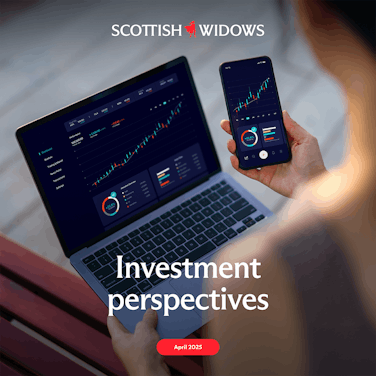
Government debt – what it means for investors
High levels of national, or government, debt have been seen in many countries, with both UK and US governments owing in excess of 100% of GDP. We consider why debt levels are so high and what the implications are.
Government debt is sometimes known as sovereign, public or national debt. It’s created when governments issue bonds to raise funds to support things like infrastructure projects or to drive spending.
Why are debt levels so high?
The high government debt levels we’ve seen recently in developed economies such as the UK and the US have largely been driven by a series of economic shocks. The global financial crisis and then the pandemic, for example, saw government spending rise to unprecedented levels, while lacklustre economic growth has seen the ratio of debt to GDP (gross domestic product) remain stubbornly high. We can see this in the data for 2023 provided by the World Bank1:
Debt to GDP (%)
*2022, most recent figure
But while these spikes in debt levels could be attributed to events, longer-term trends could contribute to persistent levels of higher debt. These trends include the need to support an ageing population while tax receipts from a diminishing labour force decline, the need to maintain and upgrade failing infrastructure, the challenges and risks of climate change, and the need to shift to a low-carbon, sustainable economy, as well as increased defence spending.
What next for debt levels?
On the basis of current policy, economic and demographic projections, and budgetary analysis, the Congressional Budget Office in the US predicts that government debt will be 156% of GDP in 20552. It bases this estimate on slower economic growth and a shrinking population lowering revenues while spending increases.
In the UK, the OBR meanwhile, forecasts that government debt levels could reach over 270% of GDP by the mid-2070s3.
While these spikes in debt levels could be attributed to events, longer-term trends could contribute to persistent levels of higher debt.
What’s the answer?
Various solutions to the challenge of rising debt levels have been suggested. Each has its own pros and cons.
- Increase investment – some believe that taking a short-term hit in increasing debt levels to invest to get the economy going could help to bring debt levels down in the long run. Whether investing for growth would contribute to cutting debt levels by a significant amount would depend on the return on investment being much higher than the debt servicing costs.
- Change expectations of the State – from education to health and social care, shifting perceptions of what the State provides could reduce public spending levels, but it’s a tough political and social challenge for any governing party to take on.
- Boost productivity – increasing productivity can boost economic growth and tax revenues, which can lead to debt being repaid more quickly and less need for additional borrowing. That growth can also support investment in public services and infrastructure, creating a virtuous circle. The OBR, for example, estimates that every 0.1% increase in productivity growth could reduce the rise in debt to GDP by 25 percentage points4. However, productivity in the UK especially remains stubbornly low.
Is high government debt necessarily a problem?
Whether high debt levels are considered a problem depends on a number of factors and your perspective.
In the US, for example, a debt ceiling – the maximum amount of debt that the Department of the Treasury can issue – is set by law. That debt ceiling was suspended in June 2023 until January 2025 when the ceiling of $36.1trn was reinstated5. That limit has now been reached, and the US Treasury has been using extraordinary measures to continue to borrow above it in the short term. However, that cannot continue.
If the debt ceiling is not raised or suspended, it could delay payments for government activities, lead to the government defaulting on its debt obligations, or both. In recent years, decisions on raising or suspending the debt ceiling have often gone to the wire, causing market concern.
In the UK, the Labour government set non-negotiable fiscal rules on taking office. These were:
- The current budget must be balanced, with day-to-day costs met by revenues.
- Debt must be falling by 2029/30.
Inflation and interest rates also affect debt. Some debt is inflation-linked, for example, so servicing costs grew as inflation rates increased. Interest rates were also raised from their historic lows as central banks aimed to manage inflation. So, governments are spending more on debt servicing, less on chipping away at the debt overall, and subsequently they have less to spend on other public services.
In a low-growth environment – remember, the International Monetary Fund is forecasting annual GDP growth of 1.8% for the US and 1.1% for the UK6 – with higher interest rates, it can be difficult to get debt levels down.
But having high debt levels isn’t necessarily a bad thing as long as markets are confident that the government has the ability to meet its debt servicing obligations.
Having high debt levels isn’t necessarily a bad thing as long as markets are confident that the government has the ability to meet its debt servicing obligations.
What can it mean for investors?
As long as risk and reward levels are balanced, government debt in the form of gilts in the UK and Treasuries in the US can be a useful part of a balanced portfolio. Because they are available as short-dated or long-dated maturities, they can also offer flexibility. In the UK, around 30% of government debt is owned by pension plans and life assurance companies, with similar levels in the US and Europe. They hold it because the governments are considered good security and debt can be held for the long term. This can help investors hedge against their liability obligations, for example, pension funds matching pension payout requirements.
When issued by stable governments, these types of bonds have traditionally been seen as safe-haven assets, as they are usually less volatile than equities and typically move in a different way, making them a popular choice for diversifying portfolios or lowering risk levels as pension holders move towards selected retirement age, for example.
That confidence has been slightly knocked by policy moves by certain developed market governments in recent years, although the market response led to swift policy reversals, for example, in the UK and US. Considering that, governments may find themselves with less room to manoeuvre in future in terms of economic or trade policies.
Confidence can also be affected by the downgrading of a country’s credit rating. In May 2025 for example, Moody’s downgraded the US rating from the AAA it had held since 1917 to Aa1, citing increased government debt and interest costs. However, it also stated that: ‘The US retains exceptional credit strengths such as the size, resilience and dynamism of its economy’7.
Overall, government debt remains an important part of many diversified investment and pension portfolios. While debt levels are elevated, the stability of many developed economies mean that this shouldn’t necessarily be a cause for concern.
References
1 ‘Central government debt, total (% of GDP)’, World Bank Group, 2023. Central government debt, total (% of GDP) | Data
2 ‘The Long-Term Budget Outlook: 2025 to 2055’ Congressional Budget Office, 27 March 2025. The Long-Term Budget Outlook: 2025 to 2055 | Congressional Budget Office
3 ‘Fiscal Risks and Sustainability’, Office for Budget Responsibility’, September 2024. CP 1142 – Office for Budget Responsibility Fiscal risks and sustainability
4 Ibid.
5 ‘Federal Debt and the Statutory Limit, March 2025’, Congressional Budget Office, March 2025. Federal Debt and the Statutory Limit, March 2025 | Congressional Budget Office
6 International Monetary Fund, 2025. World Economic Outlook: A Critical Juncture amid Policy Shifts. Washington, DC. April. World Economic Outlook (April 2025) – Real GDP growth
7 ‘Moody’s Ratings downgrades United States ratings to Aa1 from Aaa; changes outlook to stable’, Moody’s Ratings, 16 May 2025. Ratings.Moodys.com/ratings-news/443154






















































